One of the topics that have always fascinated us is flight. One has a lot to consider and reflect on the subject, from its construction to its methods. There are many aspects of flying that airlines would prefer you not to know. Today, we’ll attempt to resolve these mysteries. These little-known facts will give you a better understanding of how flights operate and stop your wandering thoughts. Let us take a look at the top 12 Secrets you don’t know about Airlines.
#1. Unlocking the Lavatory
When it is occupied, the restroom on the flight is often locked from the inside. The individual standing outside is unable to use it in this situation. There is, however, a small method you can use. An outside lock system is concealed beneath the restroom sign. It is advantageous for the individual waiting outside to use the restroom. It should only be utilized, though, in an emergency. The restrooms unlock on the outside for safety even if it may feel intrusive.
#2. Secret Chimes
Another aspect of airplanes is hidden messages with erratic music and bells. These aren’t the typical indications that it’s time to buckle up or unbuckle your seatbelt. It is the haphazard music you hear when flying. The flight crew frequently uses these codes to communicate with the passengers in the cabin. These codes may also convey turbulence warnings or the number of remaining snacks. The chimes can, in exceedingly rare circumstances, also indicate an emergency landing or route change. The chimes are tough for passengers to understand because only flight attendants utilize them.
#3. Dimmed Lights
The light going out on an airplane is not a signal to go to sleep. The purpose of this is to help the passengers acclimate their pupils to the darkness. This is beneficial for emergency landings and takeoffs. With the aid of exit lights that flash brightly in the dark even during a forced landing, travelers may be readily discharged in the darkness. The actual purpose of dimming the interior lighting is to prepare passengers’ eyes for darkness in case of a problem while takeoffs and landings.
#4. Mystery behind the Round Windows
One observes the limitless clouds in a blue, open sky when you look out the window. But how often have you wondered why a plane’s windows are oval rather than square? Up to the late 1940s, frames had a square shape. The edges of the panes were the parts that stuck out since they were badly damaged during a sequence of aircraft accidents. The aircraft’s glaring weakness was the window’s pointed corners, and the metal that surrounds the glass had to withstand the pressure that was two or three times larger than any fuel use. As a result, round windows took the place of square ones since they are more challenging to break and shatter.
#5. Pilot’s food
Neither pilots nor passengers consume the same frozen food. They eat expensive cuisine. It is among the fundamental guidelines to adhere to. To prevent food contamination, they consume diverse foods. Two pilots are not permitted to eat together at the same time. The first person must finish it first, and the second person must wait for 60 minutes. To avoid food sickness, this is done.
#6. Layovers prohibit drinks
National law forbids flight crew from consuming alcohol within eight hours of a flight, and airline policies are typically much more stringent. Since there are serious consequences for being discovered intoxicated or even just hungover on the job, the majority of crew members probably grab something food and go to bed after clocking off. When one arrives for a flight, someone may offer to provide a Breath test or drug test to them.
Let us continue ahead with the rest of the 12 Secrets you don’t know about Airlines.
#7. The Smartphone fallacy
Prior to takeoff, airline staff will typically request that you put your cell phone on airplane mode. Many of us have, however, felt the want to disobey. A cell phone has never been implicated in a plane crash. Interference is the problem. It appears that electronic device disturbance can have an impact on aviation systems. But issues are uncommon. As a result, your airline determines when and which electrical gadgets you can use. However, it is forbidden to use a smartphone that broadcasts cell signals.
#8. Boarding Pass is a vault of information
Most probably don’t understand a lot of the writing on your boarding pass initially, but it actually contains a plethora of useful and maybe sensitive information. The airline is identified by the first two letters before the flight number. Your flight number’s numerical component actually serves as a hint as to which proper vicinity you’ll be traveling. The 6-character section of text that appears on your boarding pass, on the other hand, serves as your booking number or customer name information. This tiny code can potentially be used to seek up a variety of online information, including your age, payment card details, and even your location.
#9. Oxygen Mask timeline
The airline staff performs an oxygen mask use demo as part of the safety presentation. When the cabin’s level reaches a dangerous level, oxygen masks are removed. The mask should be placed on as soon as you can. But there’s a little twist to it. The oxygen will remain in the air for approximately 12 to 15 minutes after the masks have been removed. During this period, the pilot must maneuver to a safer height and complete a safe evacuation procedure. There is absolutely no possibility of damage in the safely pressurized chamber.
#10. Unclean Trays
Among the dirtiest items on your flight is certainly the tray table at your seat. Only approximately once a day, generally overnight, are they cleaned. As people drool and change filthy diapers on the tables, flight attendants advise taking sanitizing wipes with you to clean up your area. Tray desks, rubber cushions, and toilet handles are the filthy parts of a flight, despite frequent cleanings. When you set out on your adventure, keep an eye on these items.
#11. Blue Seats
If you look closely, the airplane seats are typically blue. Since blue is associated with calmness and clarity. Passengers might feel tranquil and at ease thanks to it because it helps to create a peaceful environment. This is also the rationale for why hospitals favor the color blue. In order to make passengers comfortable, some airlines chose to use vibrant colors or subdued tones.
#12. Hideouts
The crew of the aircraft needs a place to unwind as well, thus the aircraft has private spaces that are solely accessible by the personnel. A staff hideout is often located above the premium-class cabin on most aircraft. Despite being in the highest position in the aircraft, the employees can still sleep there. The areas are exclusively for the staff, and they are furnished with Beds so they may sleep. Although not on every plane you take, the large ones are sure to have them. You’ll be surprised by how roomy the dens are as well.
These are a few of the top 12 Secrets you don’t know about Airlines. From secret rooms to food mysteries, there are many unknown facts that the passengers are generally unaware of.













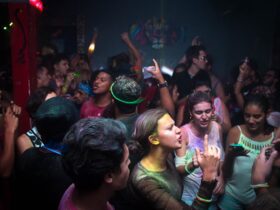



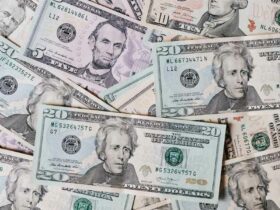




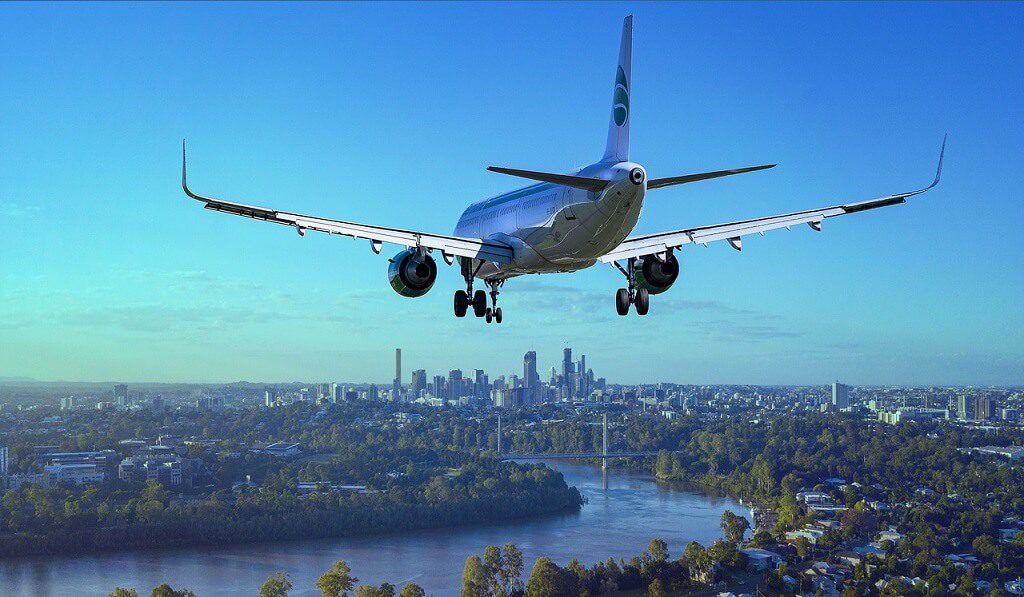

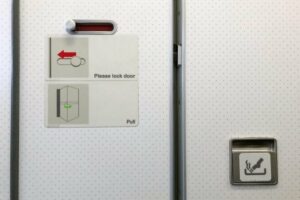
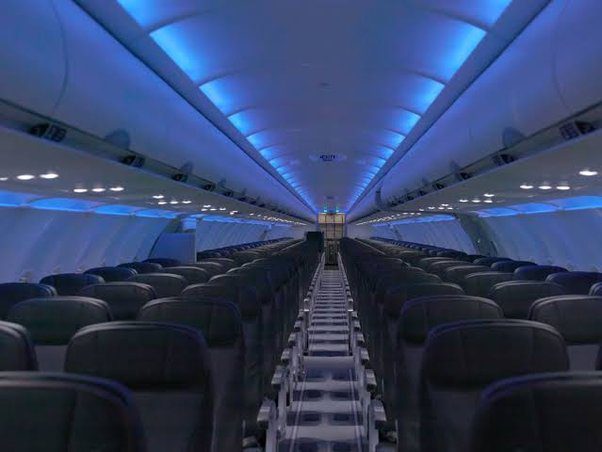
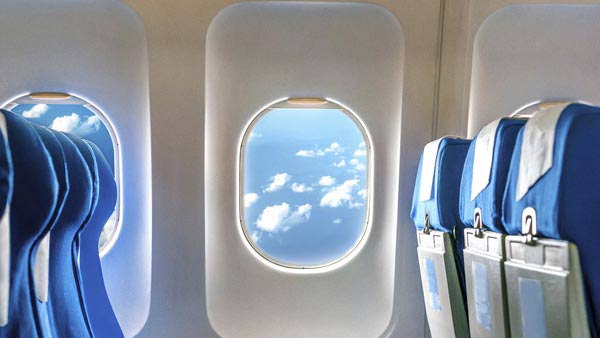





Leave a Reply
View Comments